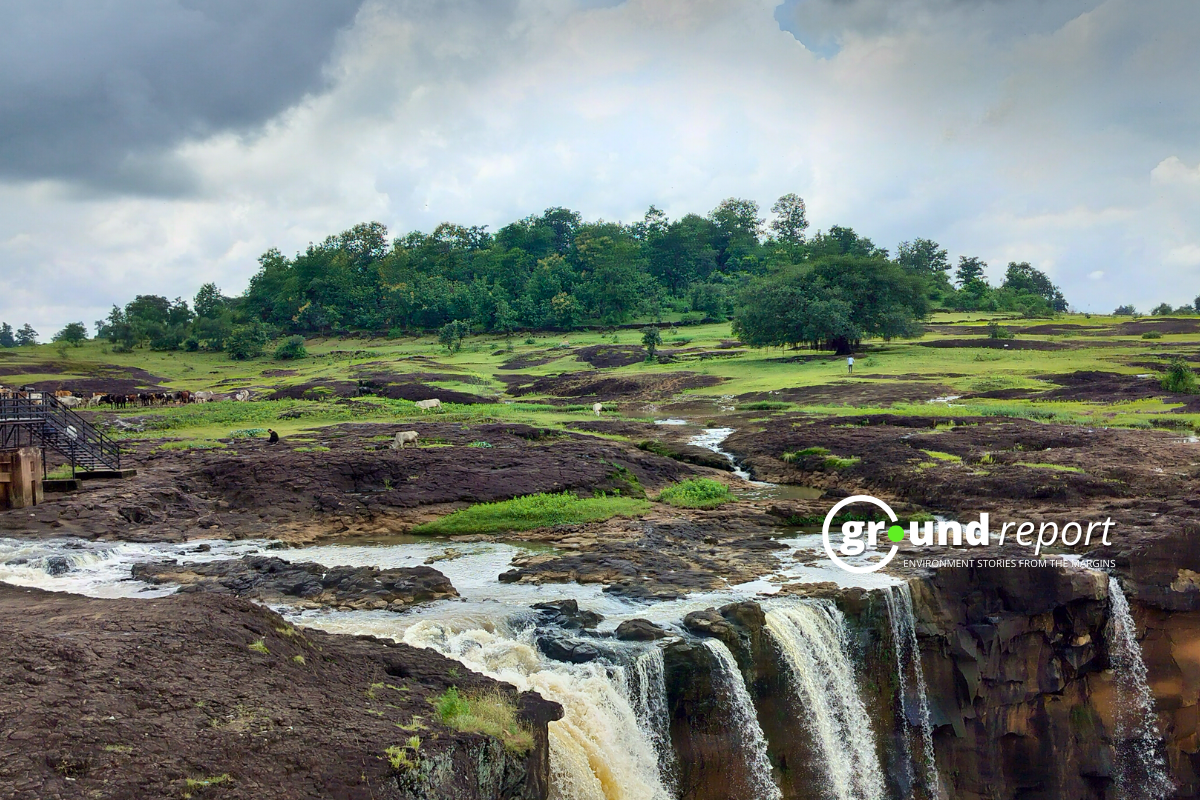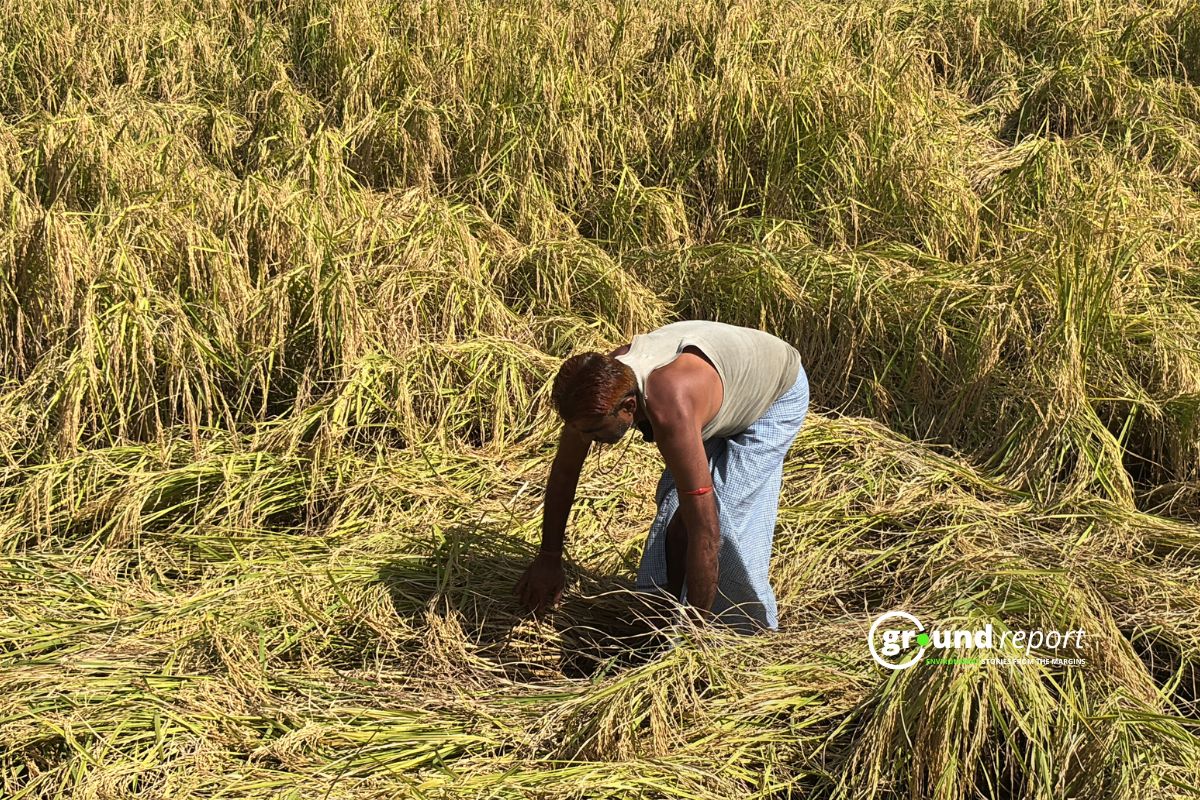More than 100 crore children of the world including India are facing a serious threat of climate change. Children in India, Pakistan, Afghanistan, the Central African Republic, Chad, and Nigeria are most at risk of climate change.
According to the new report released by UNICEF, countries, including India, have been included in the countries most at risk in terms of climate change, where climate change affects the present and future of children in many ways. making an impact. Climate change is posing a serious threat to the health, education, safety of children.
“For the first time, we have a complete picture that reveals where and in what way children are vulnerable to climate change, and it is a much more serious picture than we could imagine,” UNICEF details in a statement.
High risk of climate change
According to the report, about half of the world’s children whose number is more than 100 crores. They live in 33 countries at very high risk of climate change, of which India is also one. These children are facing a lack of essential services like clean water, sanitation, education, and health care, on top of this, climate change and environmental threats are making their lives riskier.
ALSO READ: Climate disasters cause losses of 65.6 billion euros in six months
According to the grim figures revealed in the report, about 240 million children worldwide are at risk due to floods in coastal areas and about 33 crore children due to floods in rivers. Not only this, while 82 crore children are facing the danger of heat waves, 40 crore children are in danger of being hit by the storm.
815 million children are at risk of exposure to lead pollution, while 600 million children are exposed to vector-borne diseases. Not only this, about 92 crore children are forced to face a serious water crisis, while more than 100 crore children are facing the danger of air pollution.
India ranked 26th with 7.4 points
Thus, the new Children’s Climate Risk Index has placed the Central African Republic at the top on the basis of the risk of climate change looming on children, which has scored 8.7 in the index, followed by Nigeria and Chad with 8.5 points. while Guinea, Guinea-Bissau, and Somalia are in fourth place with 8.4 points. It is followed by Nigeria and South Sudan at the seventh position with 8.2 points.
ALSO READ: 73% of world’s population fear being close to a climate point of no return
While Pakistan is placed 14th with 7.7 points, Afghanistan, Bangladesh, Benin, Burkina Faso, Ethiopia Sudan, and Togo are placed 15th with 7.6 points and India, is placed at 26th position with 7.4 points along with Yemen and Sierra Leone.
Interestingly, the 33 “very high risk” countries produce only 9% of the world’s carbon dioxide emissions. Only one of the 10 most polluting countries, which together release 70% of emissions, is classified as a “very high risk” country in the index.
Problem overlap
While almost every child in the world is at risk of some of these climate and environmental threats, data reveal that the worst-affected countries face multiple and often overlapping crises that could undermine development progress and increase deprivation from childhood.
UNICEF estimates that 850 million children, one in three worldwide, live in areas where at least four of the above climate and environmental shocks overlap. Furthermore, no less than 330 million children one in seven worldwide, live in areas affected by at least five significant hazards.
“If the necessary measures are not taken to reduce greenhouse gas emissions as soon as possible, children will continue to suffer more than anyone else. Compared to adults, children need more food and water for each unit of body weight; they are less able to survive extreme weather events; and they are more susceptible to toxic chemicals, temperature changes and diseases, among other factors, ”UNICEF recalls.
Among the measures proposed by the UN agency, investments aimed at adaptation and climate resilience stand out in the most important services for children ”, such as water, sanitation and hygiene systems, and health and safety services. education.
They also talk about reducing greenhouse gas reductions, which have to fall by at least 45% by 2050, providing children with climate education and green skills, and even including young people in all negotiations and negotiations. climate-related decisions at the national, regional, and international levels, including COP26.
Support us to keep independent environmental journalism alive in India.
Keep Reading
The costliest water from Narmada is putting a financial burden on Indore
Indore’s Ramsar site Sirpur has an STP constructed almost on the lake
Indore Reviving Historic Lakes to Combat Water Crisis, Hurdles Remain
Indore’s residential society saves Rs 5 lakh a month, through rainwater harvesting
Follow Ground Report on X, Instagram and Facebook for environmental and underreported stories from the margins. Give us feedback on our email id greport2018@gmail.com.
Don’t forget to Subscribe to our weekly newsletter, Join our community on WhatsApp, and Follow our YouTube Channel for video stories.









